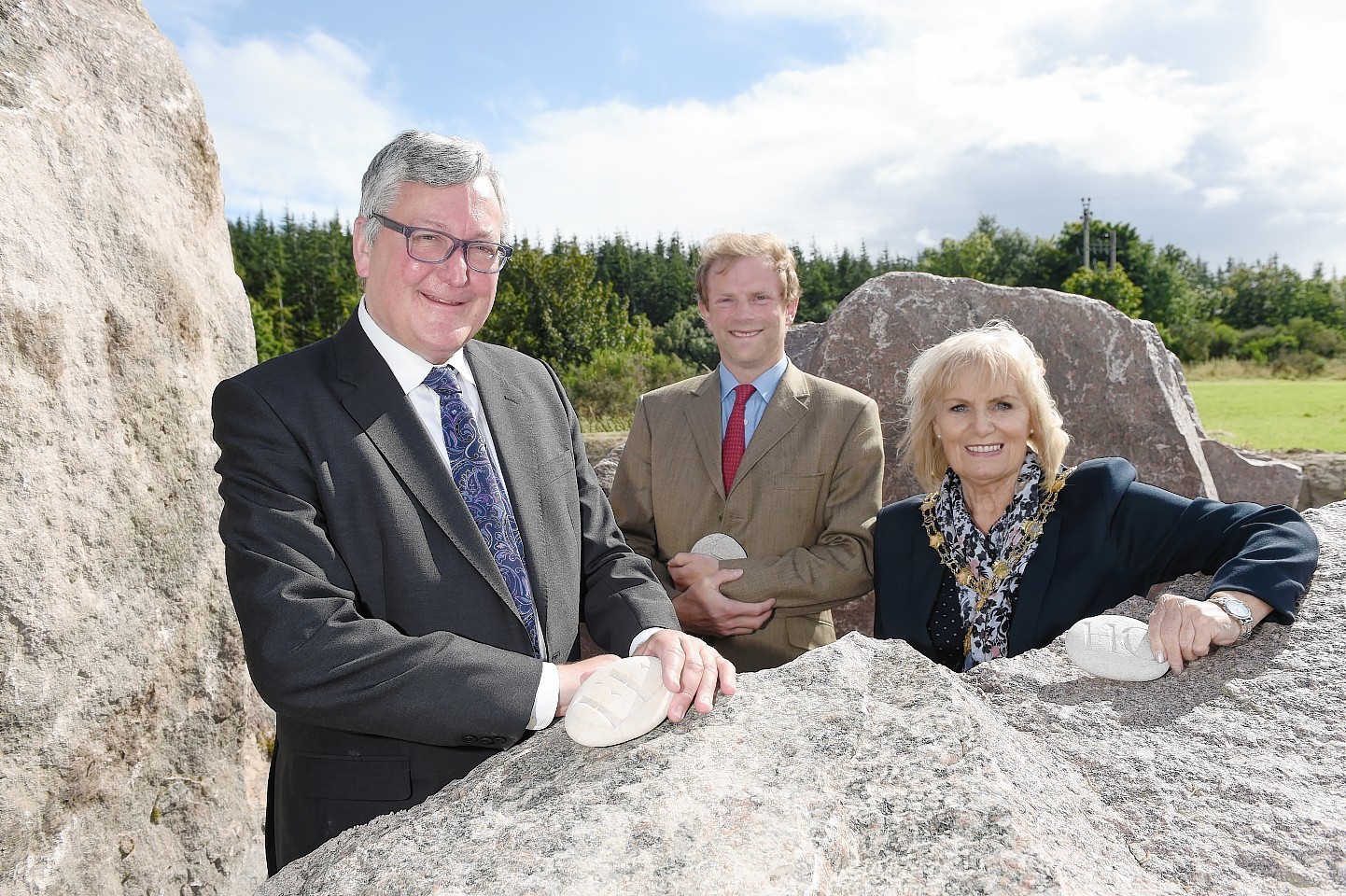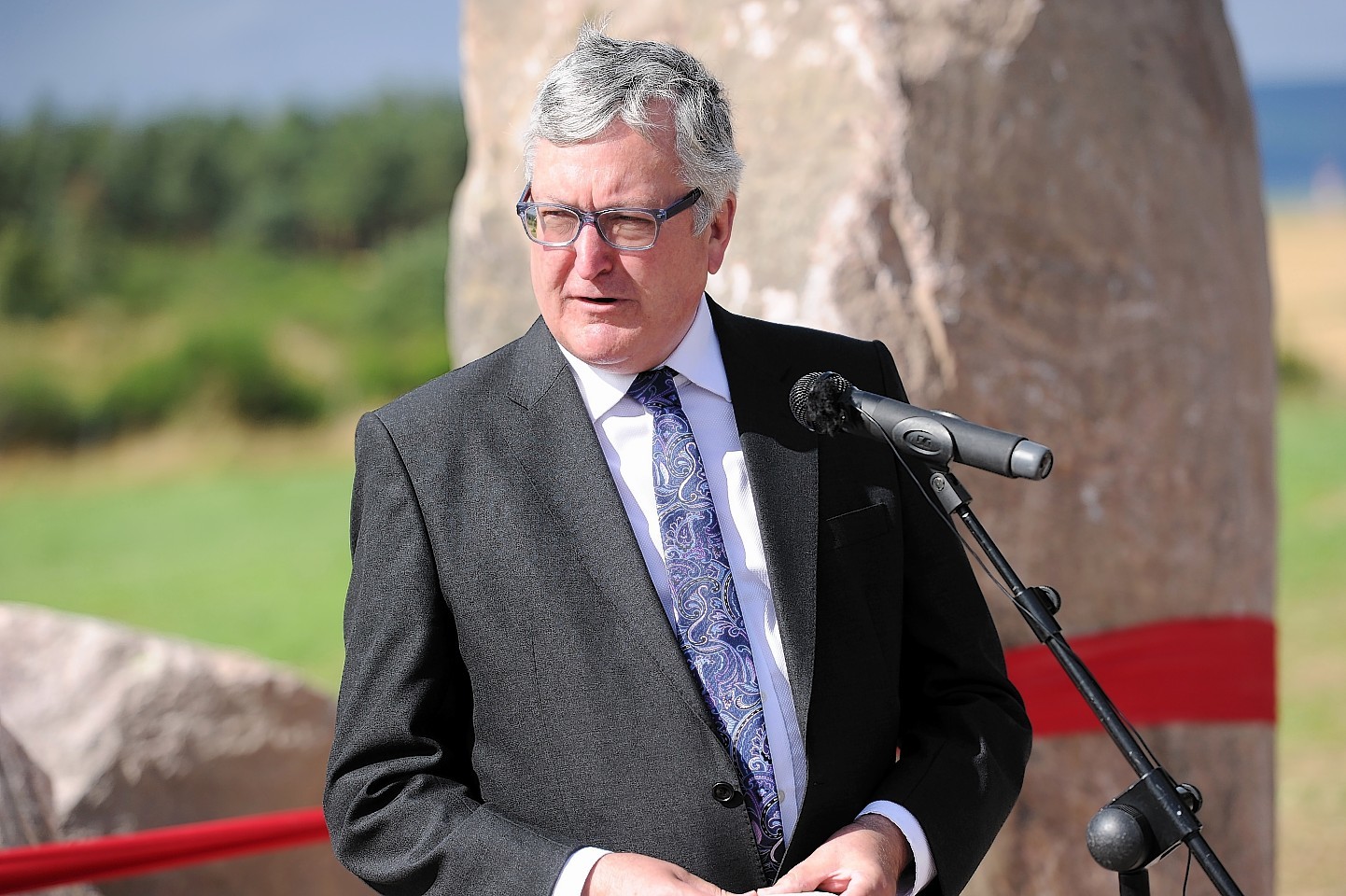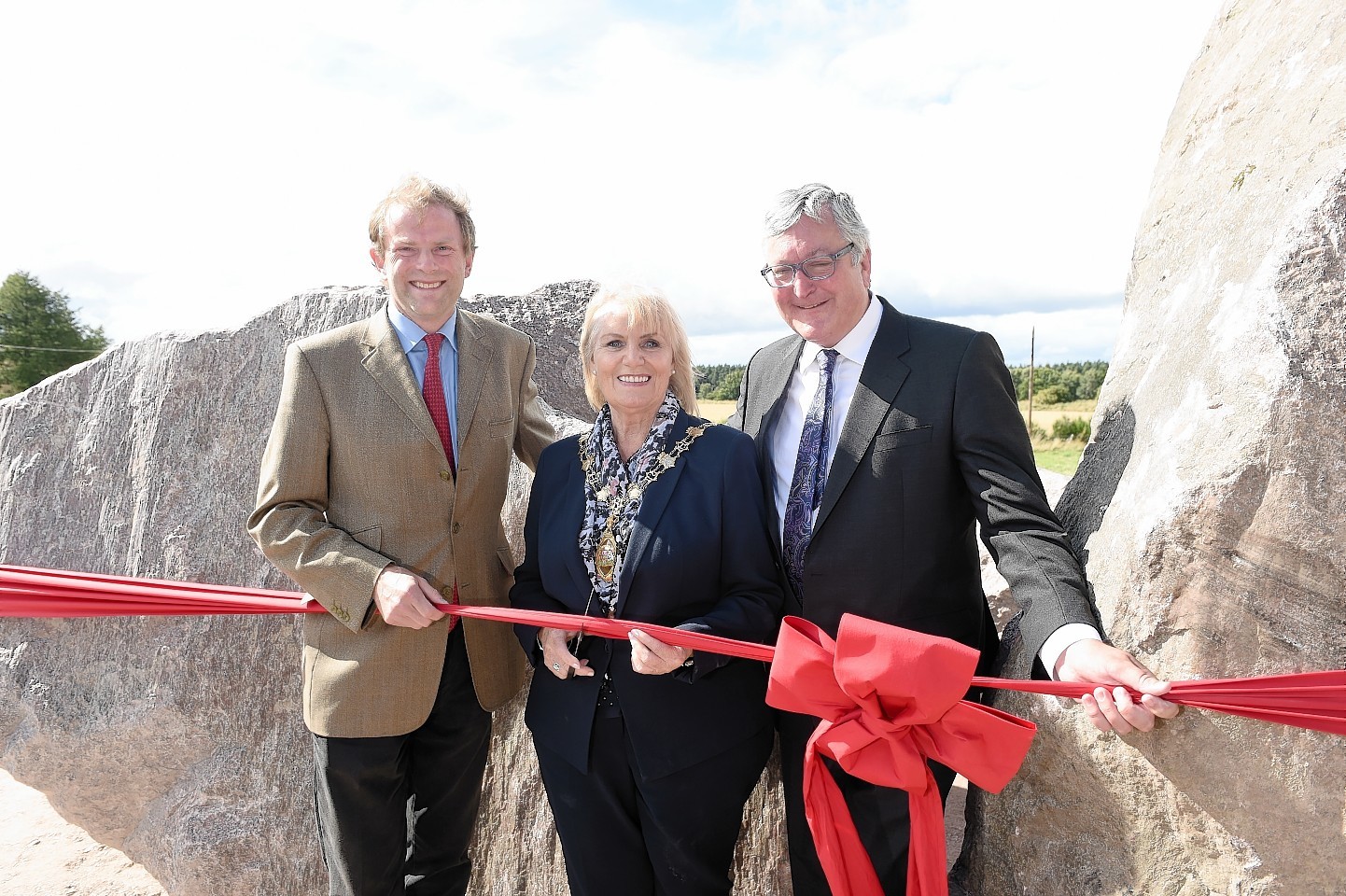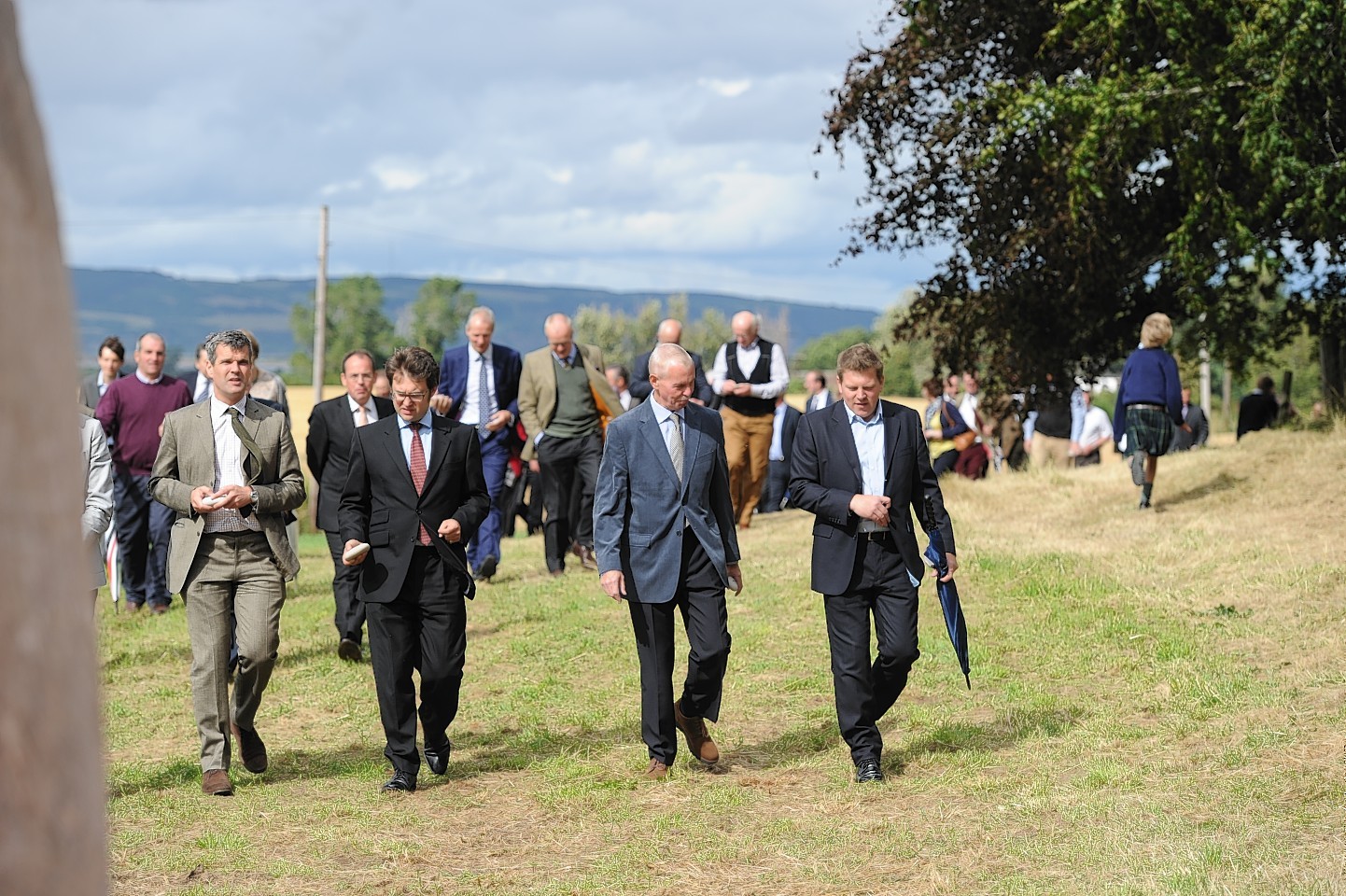The long-held vision for a Highland new town was finally realised yesterday.
Construction began at Tornagrain, between Inverness and Nairn, yesterday after 13 years in the making.
Tornagrain will become home to 10,000 people over time.
At a special ceremony, John Stuart, the Earl of Moray, said the first of 5,000 planned homes would be ready next year.
He said: “I’m over the moon to have got here to this stage.”
Last night, the development was described as a “new chapter in the history of the Highlands.”
Among those who gathered at yesterday’s launch was one local who already lives in the existing community.
Gordon Brown’s home sits on the boundary of the new development, and admitted he had initially been “sceptical” about the idea.
He was concerned that Tornagrain could end up like other new towns built across Scotland since World War II, but was won over following the public consultation process.
Mr Brown said: “I started out very sceptical about the whole thing given Scotland’s record of post-war new towns.
“When you think of new towns you think of Cumbernauld, Glenrothes and places like that. I was brought up in East Kilbride and couldn’t wait to get out of the place.
“But I was very impressed by the way they consulted us locals and the way they took our ideas on board.
“Obviously they were after quality at the end of the day and they wanted something different and something that actually stands out.”
Former Highland Council convener and planning chairman Sandy Park helped unveil the masterplan for the site a decade ago.
Yesterday he said: “I remember being here 10 years ago talking about it, saying this is Tornagrain and it’s going to be a new village and everybody saying it’s never going to happen.
“So I’m absolutely delighted to be here and finally it’s come to this point.
“They’ve planned things properly and hopefully it will all start with very soon.”
Mr Park added that he hoped that the development would also accelerate plans to dual the nearby A96 between Inverness and Nairn.
13 years in the planning
The arrival of construction workers at Tornagrain marks the end of a lengthy development process which first began in 2002.
The site was first identified by Highland Council as part of their strategy for developing the A96 corridor, and was eventually chosen due to its proximity to the A96 and Inverness Airport, with its planned new business park.
Moray Estates, who also own the land, was given responsibility to develop the plans, which it is hoped will ultimately lead to 5,000 new houses.
The company has aristocratic roots, and is headed by John Stuart, the current Earl of Moray and his family.
They have a historic interest in town planning, having been involved in the development of Edinburgh’s new town and other projects across Scotland.
Having entered development in 2002, the initial blueprint for the site was unveiled in June 2005, with a hope that work could start on the ground within six years.
But it provoked a backlash from the public with demands for extensive consultation before the plans were finalised.
It was also claimed that the new town could be used a “dormitory town” for daily commutes to London thanks to its proximity to Inverness Airport.
Moray Estates appointed architect Andres Duany to help draw up the plans in May 2006, with the US based designer a promoter of taking a traditional and long-term approach to town planning.
A 10-day design workshop, known as a charrette was held later the same year, offering the chance to the public to help shape the plans.
The first artists impressions were revealed early in 2007, although concerns lingered about the plans amid a claims of a lack of community consultation.
The planning application was finally submitted to the council in January 2009 following two years of community consultation, with the plans including ideas of building schools, churches and health care facilities as well as the houses.
Outline planning permission for the project was granted in 2012 by Highland Council.
The first steps were finally taken in site last year, when a 1,500 yard stretch of gas pipeline was moved to make way for the new houses.
A conservation “watchdog” was set up to oversee work was set up earlier this year before construction started.
Standing stones
The standing stones at Tornagrain – which have been named Curvy, Sunbathing Stone and Dynamite – will eventually stand in the heart of the new village.
The stones, which were unveiled yesterday, have been designed to look similar to the famous Clava Cairns nearby.
The granite boulders, each weighing more than 10 tonnes, were picked out from the Park Quarry, near Nairn, by the Moray family, and will eventually stand in the town square at Tornagrain.
Lord Moray said: “Standing stones have been part of the landscape for many centuries in Scotland, particularly in the north.
“We thought this would be an appropriate way to mark the start of what is very much a new community, but one which builds upon the best traditions of design over past centuries in some of our best-loved communities.”



